Last updated on February 11th, 2025 at 10:52 am
Circuit Simulation software comes in handy while designing and testing complex systems in a cost-effective manner. But, it is challenging to choose the best circuit simulation software, given the vast number of options that range from free software to paid ones.
In this article, we will discuss 10 of the best circuit simulation software with the pros and cons of each software.
List of 10 Best Circuit Simulation softwares
Looking for free Arduino simulators? Read this article on 10 Best Arduino Simulators.
How to choose the right software for your needs
Selecting the right circuit simulation software is an important step while designing a circuit for your project or building a commercial product.
If you are a beginner who just started learning electronics, free circuit simulation software is more than enough. You can simulate a circuit first before building it on a breadboard. This will save you a lot of time as you can correct the mistakes in your circuit prior to actually building it.
If you are a professional or someone who is creating an industrial-level project, then you definitely need premium simulation software with high accuracy, precision, and features. Such software does come with a price tag, so you need to be careful while selecting one for your application. Consider your budget and compare the features against the cost.
Some premium tools offer trial versions for you to assess their suitability before purchasing.
What to look for in a circuit simulation software?
Ease of Use: Look for an intuitive interface and user-friendly features. Software that’s easy to learn will help you understand the fundamentals quickly if you are a beginner.
Simulation Accuracy: Premium software offers high-level accuracy in simulating complex circuits, ensuring that your real-world implementation aligns with your digital prototypes.
Component Library: A comprehensive library of electronic components is essential. Beginners benefit from a diverse range of components to experiment with, while professionals require a vast selection to accurately represent their sophisticated designs.
Real-time simulation and speed: Advanced projects often demand real-time simulation capabilities. This feature allows you to observe how your circuit behaves dynamically, providing insights into performance under various conditions.
The speed at which a simulation runs can impact productivity. While beginners might find real-time simulation helpful for immediate feedback, professionals may appreciate the ability to perform faster, iterative simulations for complex designs.
Versatility and Customization: A good simulator should accommodate various circuit types and allow customization. Whether you’re designing a simple LED circuit or a complex microcontroller-based system, versatility is key.
Extensive learning material and community: Interactive tutorials and learning resources enhance the learning experience. Look for software that has learning material available online with in-depth tutorials.
System Requirements: Ensure that the software is compatible with your computer’s specifications. Premium tools, in particular, may require high processing power and memory. Confirm that your hardware can support the software to avoid performance issues during simulations.
NI MultiSim
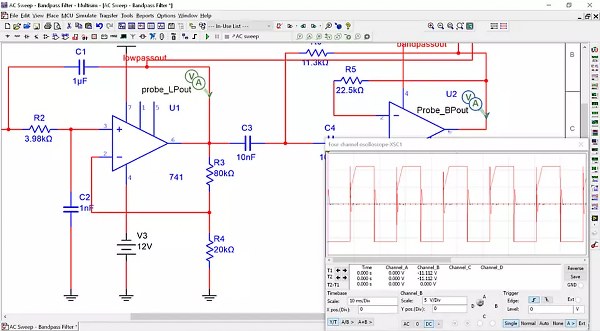
This software is majorly used by education institutions for teaching and research of analog, digital, and power electronic circuitry. It uses the original SPICE-based simulation software that gives highly accurate results that are comparable to real-world testing.
It offers four packages. They include the Education, Base, Full, and Power Pro tagged at $628, $1869, $3267, and $4838, respectively.
Pros:
- Simulation results are very accurate.
- High number of testing instruments.
- Over 35 virtual instruments
- Over 55,000 components
- Online simulation is available.
Cons:
- The interface is difficult to navigate and looks outdated.
- Expensive.
- Many microcontrollers are missing.
- Only 4 virtual instruments are available for the cheaper option.
Autodesk Eagle
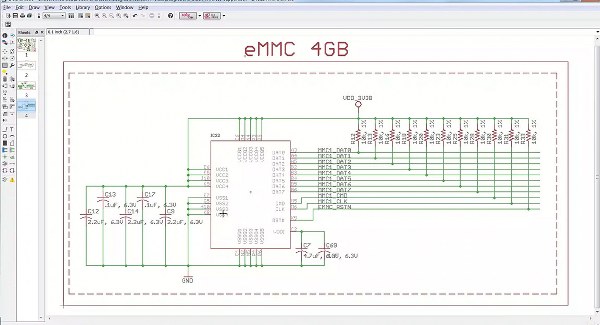
Eagle stands for Easily Applicable Graphical Layout Editor. The software utilizes the Ngspice tools to run its circuit simulations. Other than the simulation capabilities, this software offers a PCB editor capable of designing up to 16 layers of PCB with board sizes up to 4m^2.
This software is generally used by small electronic makers, hobbyists, and industry experts. The layout is user-friendly since there exists a large community, resources, and tutorials on how to use it.
The Autodesk Eagle comes in three packages, standard and premium packages that cost $100, an annual package costing $500, and a monthly package costing $15 or $60. It also has a free version with limited capabilities.
Pros:
- A free version with limited capabilities is available.
- Easy to use and lots of resources and tutorials.
- Capable of 3-D modeling.
Cons:
- Does not have a signal and power integrity solution.
- Creating custom components is challenging.
- Fewer components and library navigation is difficult.
Looking for the best PCB design software? Read this guide:
LTspice
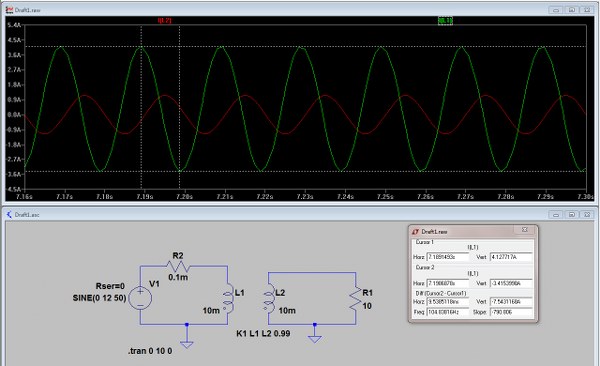
This software comes with a highly reputable SPICE simulator coupled with a waveform capture and schematic capture platform.
It’s free software with no hidden costs but comes with a restriction that users are not allowed to work with Analog device products. This software comes packed with an advanced algorithm that enables it to carry out simulations faster than most paid circuit simulation software.
Pros of LTspice:
- The software is free with no limitation to its usage.
- Gives accurate results.
- Has fast simulations.
Cons of LTspice:
- It does not have a PCB editor.
PSIM
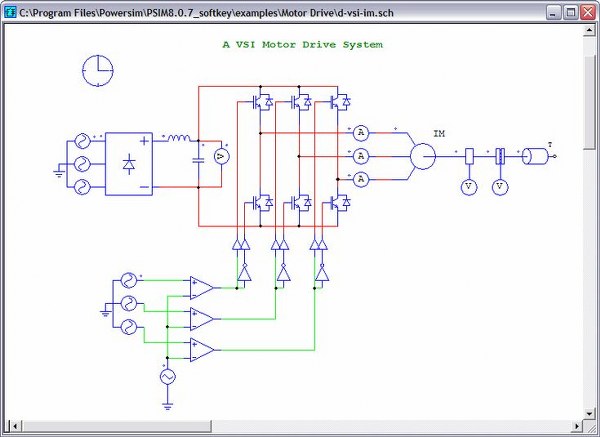
This is a simulation software that specializes in the simulation of power electronics and motor drives. The software is not limited to these functions since it can also simulate other electronic circuitry.
It has an embedded code generator as well as a thermal simulation to compute switching and conduction losses of switching devices.
It offers three packages that include student, annual academic license, and Education Pro package that is similar to the annual academic package but with lifetime access for $99, $300, and $1500 respectively.
Pros:
- Fast and accurate simulations.
- Capable of thermal simulation.
- Wide variety of models for power electronics.
- Affordable.
- Have models for renewable energy systems and energy storage systems.
Cons:
- Paid software
- Less testing equipment compared to other products.
Looking for free softwares only? Read this article on 11 Free Online Circuit Simulators.
EasyEDA
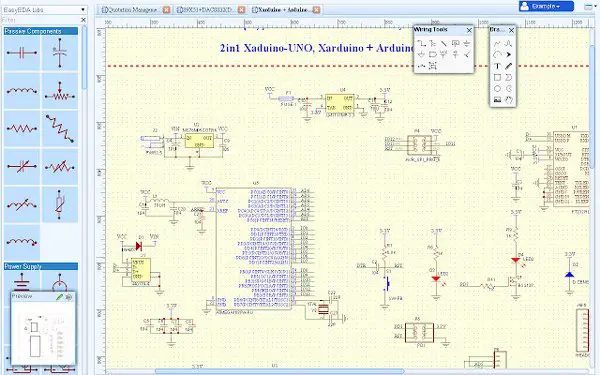
This is a web-based EDA tool kit with a simulation and is fully functional. It is ideal for students and hobbyists since it does not have any commercial licenses.
It can generate a BOM, has a PCB editor, and is capable of converting schematics into a PCB. It is one of the cheapest simulation software offering three packages.
The first package is freeware, the second a professional package tagged at $4.9 per month, and finally an enterprise package priced at $9.9 per month.
Pros:
- The price is less as compared to others.
- No non-commercial licensing.
- Unlimited private projects.
- No need to install any software.
Cons:
- Limited components.
- Internet connection is required.
- Has limited features.
KiCAD
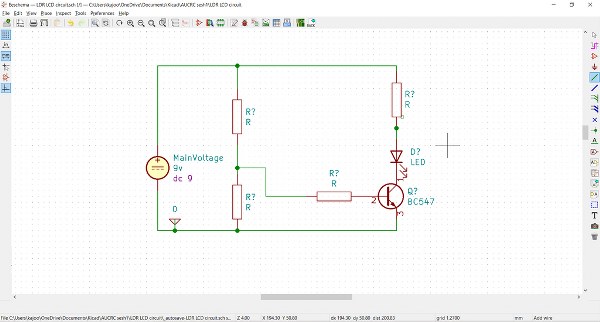
KiCAD is free software with some added advantages. You can modify the software to your liking by editing the source code. It comes with a 3D viewer that allows visualization of PCB. It runs simulations using the ‘ngspice’ which is a free SPICE tool.
It is great for making PCB layouts since it does not have a limit to the board size, number of pins, or number of layers.
Pros:
- Free software with no limitation.
- Powerful 3D viewer
- No limitation to the board size or number of layers.
Cons:
- No auto-routing features.
- Complex component library.
CEDAR Logic Simulator
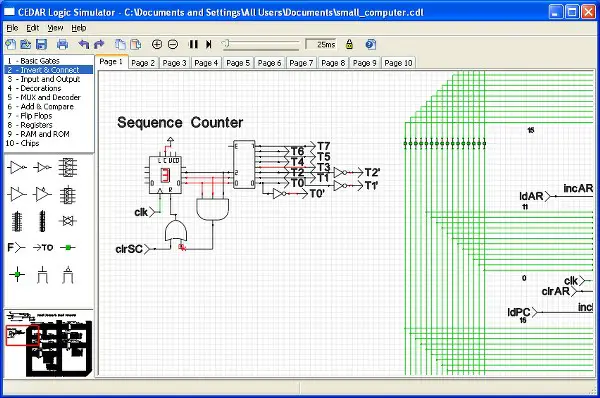
This is an open-source circuit design and simulation software. It can be used for circuit simulation, analysis, and design. It allows you to create circuits from a variety of devices such as resistors, capacitors, inductors, diodes, transistors (BJT and FET), op amps, comparators and Z80 microprocessors.
You can add them to a circuit using standard schematic symbols or by entering the component’s parameters directly. You can then run a simulation to determine the output voltage or current at any point in a circuit.
The results of your simulations are plotted on graphs which you can print out using the built-in printer support.
Pros:
- Free software.
- Supports .ic circuit format.
Cons:
- Not as fast as other simulators.
- Minimal components.
Tina TI

Tina-TI is a free circuit simulation software that is not only capable of designing and simulating circuits but also allows you to check the circuit for errors before running the simulation. On top of this, you are able to perform DC, AC, Transient, and Fourier analysis.
You will also find almost all the components that you need for circuit design.
Pros:
- Has great analysis tools.
- Error checking before running simulation.
- Intuitive schematic entry and capture screen.
Cons:
- Limited components available compared to other products.
idealCircuit
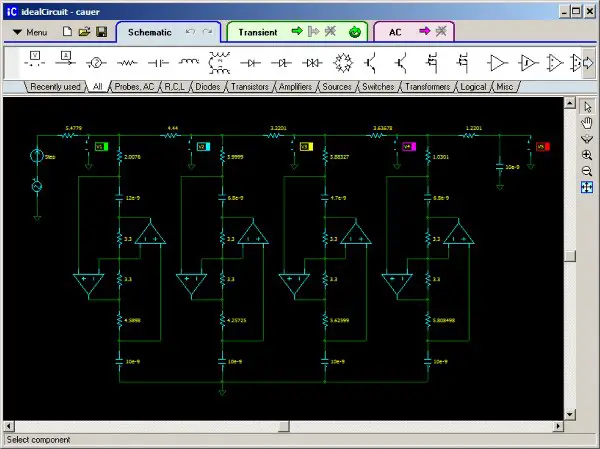
This software is capable of both electrical and electronic circuit simulation. You can load a design circuit in the ‘.ic’ format for simulation.
Pros:
- Free software with no hidden costs.
- Implementation of varying parameter values to test the effect on circuit performance
- Provide instant feedback on the effects of design changes, such as switching between different topologies or changing resistors and capacitors values
- Minimize power consumption with low power mode by shutting down idle parts of the circuit while running at high speed.
Cons:
- Not many components present
Proteus
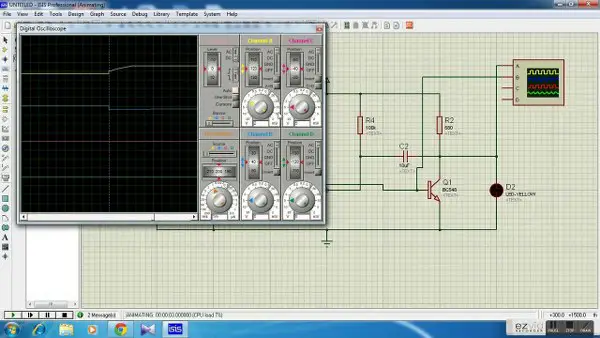
It is the best available paid circuit simulation software. It is feature packed with over 15 million parts in its component library, as well as features like Raspberry Pi microcontrollers, group length matching, differential pair routing, and remote front panel design for Arduino, just to mention a few.
This software is capable of handling design and simulations with ease due to its refined features over the years.
Proteus offers three packages which include an Enterprise package for $6972, a platinum package for $8622, and a custom package starting from $248. The custom package allows the user to select only the components that are essential to their needs.
Pros of Proteus:
- More than 15 million components are present in library
- Availability of microcontrollers like Raspberry Pi, PIC, Arduino
- A great variety of analysis tools
- Easy to learn interface
Cons of Proteus:
- The packages are extremely expensive.
- No free version of the software is available.
In conclusion, choosing the correct circuit simulation software is not easy. Each one has its own advantages and disadvantages. From the discussion, we can agree that there is no such software that fits all your needs. According to your requirements, you can select between expensive feature-packed software and free/cheaper solutions with limited capabilities.
FAQs
Which circuit simulation software is the best?
Proteus easily takes the crown of the overall best circuit simulation software. It has an all-in-one tool kit that enables users to design circuits, run simulations and even create PCBs. This software contains an ISIS suite that is responsible for designing circuits and executing real-time simulations.
Which is the best free circuit simulation software?
Tina-TI would be our pick for the best free circuit simulation circuit. It is a great tool that even allows you to check for errors before running a simulation.
What is the most widely used circuit simulator?
Proteus also qualifies as the most widely used circuit simulator. This is because of the great capabilities this software has. Apart from the ISIS suite, it also offers the ARES suite that is used to design PCBs and also has 3-D viewing features.
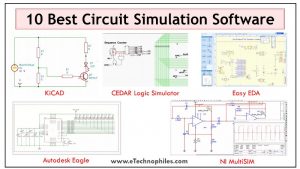
Your explanation is very good. It is very good because there are pros and cons.good job
Me using phone simulation software much same as PC and pros and cons issues ! 😞